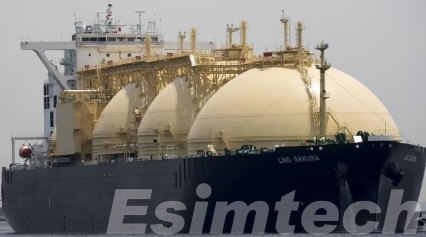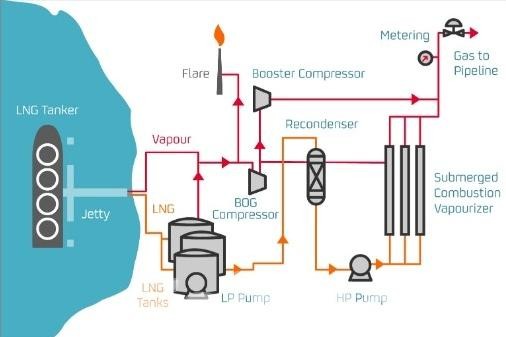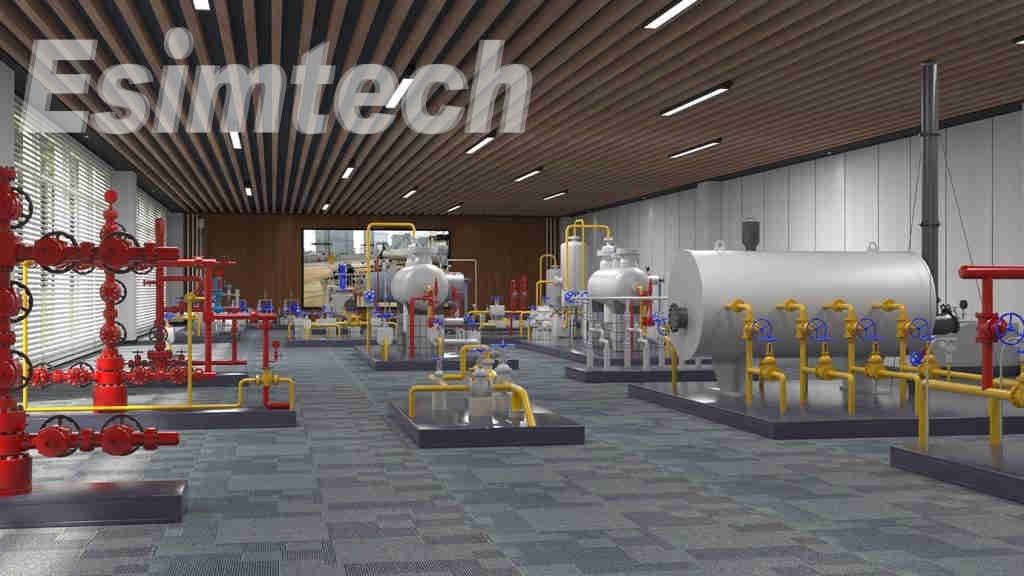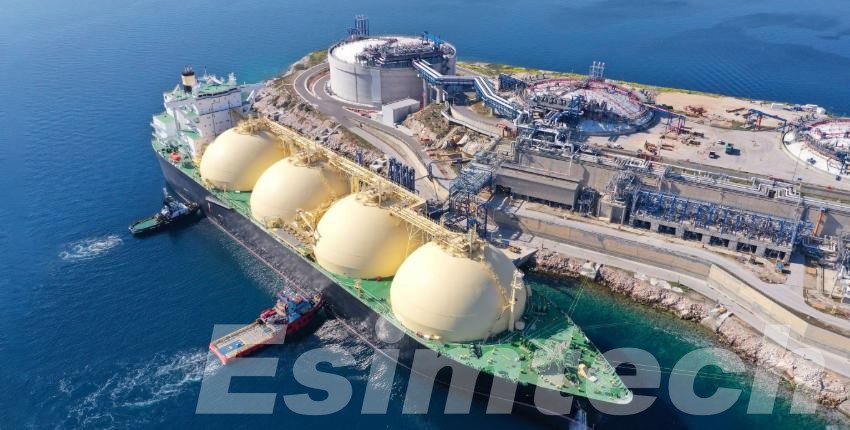Standardizing LNG Production Process for Cost Reduction
As countries transition towards cleaner energy sources, demand for liquefied natural gas (LNG) continues to surge globally. Yet production remains complex and costly due to differing technologies, project designs, logistical considerations, and logistical hurdles. Standardizing LNG production could significantly cut costs while improving efficiency and speeding project timelines; in this article we explore current LNG production challenges along with standardization concepts, implementation strategies, cost benefits of standardization strategies implemented and overall benefits realized as a result of standardization efforts.

The Current Difficulties in LNG Production
The LNG industry faces multiple hurdles that increase costs and delay project execution. One such obstacle is a lack of standardization; each facility is often custom-designed based on factors like gas composition, climate, and regulatory requirements based on location-specific variables like climate. This leads to high capital expenses due to extensive engineering costs as well as customized equipment requirements; in addition, lengthy project timelines result from approval processes, custom construction procedures, and supply chain bottlenecks that delay project delivery.
Operational inefficiencies often stem from non-uniform equipment and processes, posing difficulties to maintenance staff training as well as workforce recruitment and education efforts. Furthermore, depending on specialized suppliers for unique components can increase both costs and risks significantly; technology fragmentation (for instance, when different liquefaction methods such as C3MR, AP-X, and DMR are implemented across projects, thus restricting economies of scale) is another issue to contend with.
These factors contribute to higher operational costs, reduced competitiveness, and slower market responsiveness. Without standardization, LNG projects remain expensive and time-consuming, hindering the industry’s ability to meet growing global demand efficiently. Addressing these difficulties through process harmonization is crucial for cost reduction and scalability.
What Does Standardizing LNG Production Mean?
Standardizing LNG production involves adopting consistent processes, technologies, and equipment designs across multiple projects rather than developing custom solutions for each facility. The goal is to create a repeatable, scalable approach that reduces complexity, cuts costs, and accelerates project delivery while maintaining operational flexibility.
At its core, standardization means:
- Unified Technology Selection: For improved engineering and procurement efficiencies across projects, selecting proven liquefaction processes like C3MR, DMR, or AP-X could help simplify engineering.
- Modular Plant Designs: Utilizing prefabricated components designed to be installed quickly across locations without significant customization needs.
- Common Equipment Specifications: Ensuring compatibility among valves, compressors, heat exchangers, control systems, and spare part management to facilitate maintenance and spare part administration is of great assistance in simplifying spare part and spare parts management.
- Digital and Automation Integration: Leveraging standard software platforms to control processes, manage predictive maintenance activities, and collect data analytics can greatly increase efficiency and enhance overall efficiency.
- Harmonized Supply Chains: Building long-term partnerships with suppliers to secure bulk pricing and shorten lead times on critical components is the cornerstone of an efficient supply chain management program.
By moving away from bespoke engineering, standardization enables faster project execution, lower capital and operational costs, and improved reliability. It does not mean rigid uniformity—instead, it allows for scalable, adaptable solutions that can be fine-tuned for regional requirements while maintaining core efficiencies. Ultimately, standardization makes LNG production more cost-effective and competitive in a rapidly evolving energy market.
How to Standardize LNG Production Process?

Standardizing the LNG production process involves implementing consistent methods, technologies, and practices across the value chain. This strategic approach helps eliminate inefficiencies, reduce risks, and deliver predictable performance. The following are key areas where standardization can be effectively applied:
Modular and Pre-Fabricated LNG Plants
Modularization is a critical enabler of standardization. It involves constructing standardized plant components in off-site fabrication yards under controlled conditions, then transporting them to the LNG site for assembly. This approach significantly reduces on-site construction time, mitigates weather-related delays, and improves quality control. Standardized modules can be replicated across multiple projects, allowing for rapid scalability and consistent performance. In addition, modular construction reduces labor costs and enhances worker safety by shifting much of the fabrication to controlled environments.
Adopting Uniform Liquefaction Technologies
Liquefaction is one of the most complex and capital-intensive steps of LNG production. By selecting from among a handful of established technologies like the APCI process, ConocoPhillips’ Optimized Cascade Process or Shell’s Dual Mixed Refrigerant (DMR), companies can reduce design variability while guaranteeing consistent performance across projects. Standardizing on several core technologies streamlines engineering efforts while making operator training more streamlined as well as maintenance simpler due to uniform equipment/parts; additionally this uniformity fosters better process optimization as lessons learned can be applied directly onto future installations ensuring compliance and regulatory compliance is strengthened over time.
Digitalization, Automation, and Simulation Technologies
Digitalization and automation are critical enablers of standardization. Centralized control systems, real-time monitoring, and predictive maintenance improve process stability and reduce operational costs. Moreover, advanced Oil & Gas Production and Transportation simulators offer a significant edge in process design and workforce training. These simulation tools replicate real-world conditions of LNG plants and supply chains, allowing engineers and operators to optimize performance, test emergency scenarios, and validate control logic before implementation. They help identify bottlenecks and inefficiencies early in the design phase, enabling continuous improvement and standardization of best practices.

Supply Chain and Logistics Standardization
Harmonizing procurement and logistics processes adds another level of efficiency. Standardizing equipment specifications and procuring materials from a consistent pool of suppliers speeds purchasing, reduces lead times, and simplifies purchasing decisions. Incorporating standard storage tanks, pipeline systems, and LNG carriers helps facilitate compatibility across facilities while decreasing custom engineering needs – this approach fosters economies of scale while strengthening supply chain resilience for faster project delivery at reduced costs.
Cost Reduction Benefits of Standardization
Standardizing LNG production translates directly into significant cost savings across both capital and operational expenditures:
- Lower Capital Expenditure: By employing proven designs, processes and modules from past experiences, companies reduce engineering work while simplifying front-end planning efforts. Bulk procurement of standardised equipment reduces unit prices while mitigating supply-chain risks, while modular construction shortens on-site build times while eliminating weather or labor delays that otherwise delay projects.
- Reduced Operating Expenditure: Unified technologies and control systems simplify training, spare part management, routine maintenance, centralised monitoring, and predictive-maintenance programs, and automation further reduces operating expenditure by streamlining downtime repair schedules across plants; automating manual oversight further decreases labor costs while mitigating human error risks.
- Accelerated Project Delivery: Adopting a standardised approach reduces development timelines by streamlining repetitive design reviews and regulatory hurdles, speeding commissioning times for greater revenue streams earlier than planned, and lowering financing costs overall.
- Economies of Scale: Replicated process units, modules, and supply-chain contracts result in volume-driven discounts that help maximize fleet utilization while decreasing terminal upgrade expenses. Utilizing standard LNG carrier designs and port interfaces further optimizes fleet utilization while mitigating upgrade expenses.
- Increased Reliability and Safety: Consistent equipment and procedures provide operational certainty, with lessons from one facility being seamlessly transferred to others for continual improvement that leads to safer performance over time.

Summary
Standardizing LNG production processes is a key strategy for reducing costs and improving efficiency in the industry. By adopting uniform technologies, modular designs, digital solutions, and streamlined supply chains, companies can achieve faster project execution and lower expenses. As global LNG demand rises, standardization will play a crucial role in ensuring competitive and sustainable production.
